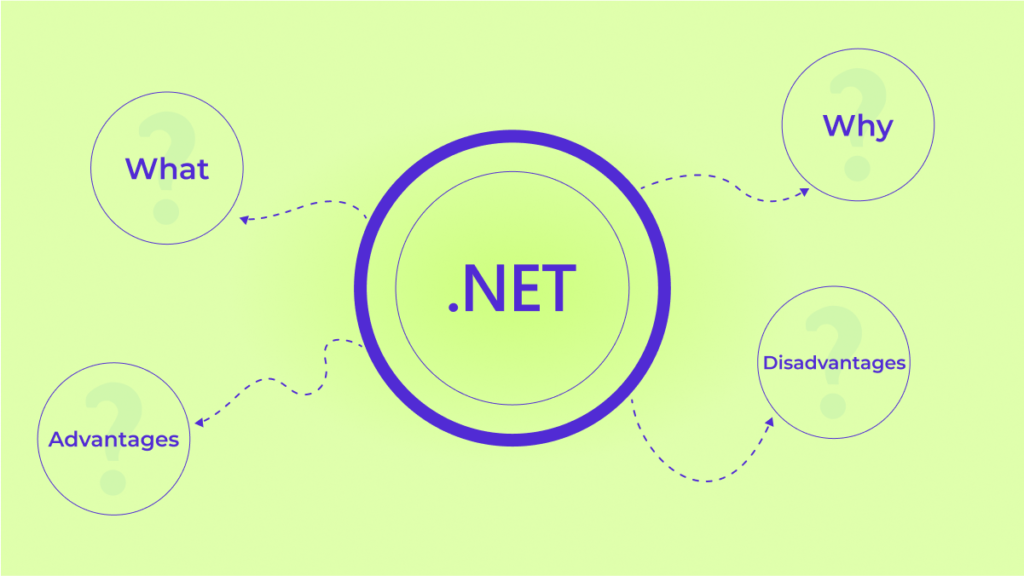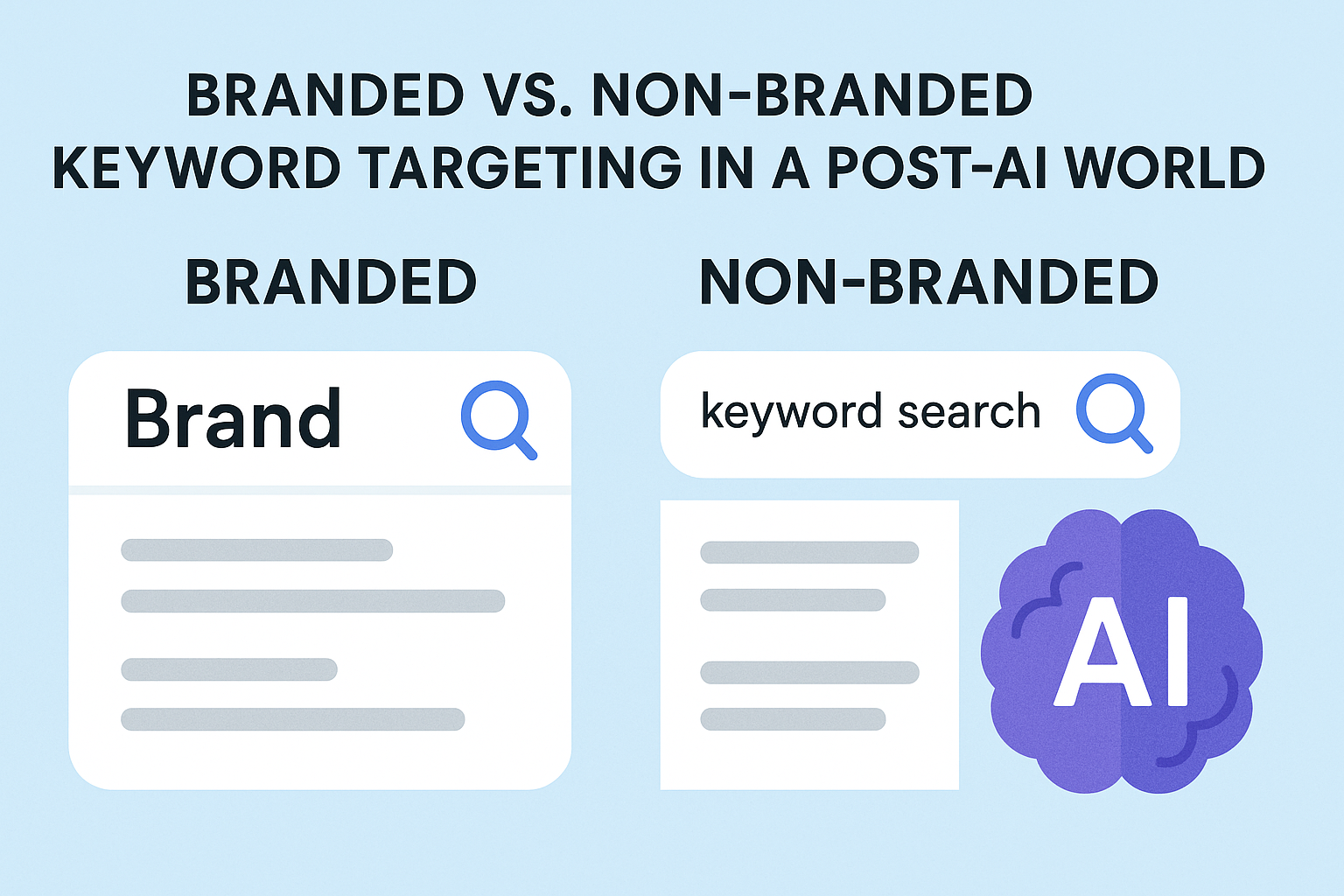The.Net framework, one of the popular software development frameworks, is the foundation for many current applications. Due to its prevalence and the size of the ecosystem, it is widely used by developers.
Its popularity, especially among developers working on big projects for many platforms, is probably also due to its open-source nature.
Businesses that require multiple credentials designed to meet a variety of necessary services are the biggest winners from the .Net framework. Then, these services would be extended to several ecosystems covered by the framework.
What is the .Net framework?
Microsoft created and developed the .Net software framework. The.Net framework’s initial release, 1.0, was made available in 2002.
Simply put, it is a virtual machine for assembling and running applications created in various languages, including C#, VB.Net, etc.
It is used to create web-based apps, form-based applications, and web services. The.Net platform supports many programming languages, with VB.Net and C# being the most popular.
It is used to create apps for Windows, mobile devices, the web, etc. It meets industrial standards and offers a wide range of features.
The main features of .Net framework

Numerous features are available with the .Net framework. Microsoft made the features of the.NET framework by utilizing technologies that software developers need to create apps for current and future business needs.
The essential features of.NET includes:
Common Executive Environment
The Common Language Runtime (CLR) is the common execution environment for all .Net applications. By offering a common setting for running code written in any of these .Net languages, including C#, Visual C++, Visual Basic, etc., the CLR makes it easier for different .Net languages to work together.
Common Type System
The .Net framework uses specific systems to maintain data integrity throughout programs created in various programming languages that are .Net compliant. CTS makes sure that program objects created across multiple programming languages can communicate with one another and exchange data.
In the universal type system, all languages targeted at CLR share a set of types and rules that CTS defines. Both value and reference types are supported.
All primitive types, structs, and enumerations are considered value types and are produced on the stack. On the other hand, the managed heap is where reference types like objects, arrays, collections, etc., are made.
Language Interoperability
Maximizing code reuse can enhance the effectiveness of the development process. Language interoperability means that other languages can use code written in any language and can access the system’s COM (Component Object Model) components.
In other words, this refers to a program’s capacity to communicate with program code created in another programming language.
Security
Poor security features were a frequent complaint against the Windows platform. With features like type safety, code access security, and others, Microsoft has worked hard to make the.Net platform safe and secure for enterprise applications. The role-based security model is also supported by the.Net framework.
Automatic Resource Management
The .Net CLR offers effective and automatic management of resources, including memory, screen space, databases, network connections, etc. To allocate and release the memory of .Net objects, CLR calls many built-in .Net framework functions.
Programmers do not need to manually allocate and de-allocate memory to the program in their code.
Framework Class Library
Developers can access a wide variety of classes in the framework class library (FCL) of the .Net framework and use them in their applications. Microsoft created these classes to help programs with various activities.
It includes working with files and other data storage, performing input-output operations, accessing data, and creating images.
Integrated Development Environment
The integrated development environment (IDE) for .Net offers simple and comprehensive debugging help. When a runtime exception occurs, the program terminates, and the IDE highlights the line that contains the error along with its specifics and potential fixes.
Additionally, the runtime has built-in stack walking features that make it much simpler to find errors and defects.
Base Class Library
The .Net framework’s Base Class Library (BCL) is a library of functionality accessible to all programming languages. The BCL provides classes for reading and writing files, rendering graphics, interacting with databases, and manipulating XML documents.
What is .Net used for?
Now that we know, we can use the .Net framework for a wide range of next-generation apps because it is feature-rich.
Now let’s get more specific and explore the variety of apps that may be created using this framework.
Business Operations
The days of running a business without the influence of a software tool in the background are long gone. Companies today employ software and applications effectively to optimize their operations.
Business software can do wonders in every area, including finance, sales, and supply chain management. CRM, supply management apps, and other software are regularly and widely built with .Net.
Interoperable Applications
.Net can play a crucial role if one hopes to create an interoperable program that seamlessly unifies the user experience across several platforms.
With the variety of capabilities available, .Net can assist programmers in developing apps that sync up across platforms.
Re-Designing
An organization never stands still. Your software must scale to meet an organization’s needs as they grow.
It has been found that .Net is an excellent platform for rewriting existing applications to make them work with an enterprise’s growing needs.
Communication
Emails and chat platforms are essential for businesses to provide seamless employee communication. One of the most widely used platforms for email and chat is .Net.
Your Outlook can integrate with it for a complete experience. Additionally, numerous other strategies strengthen the reliability of your connection.
Gaming Apps
Because of its enormous versatility,.Net is a good platform for creating gaming applications. Its flexibility can also aid in the development of enterprise and web-grade applications.
Pros and Cons of .Net Framework

So many developers utilize the .Net Framework and the .Net family for several reasons.
There are, however, many drawbacks to consider as well.
To understand more about them, see the advantages and disadvantages outlined below.
Advantages of .Net Framework
The benefits of .Net framework are listed below.
Object-oriented development model
One of its best features is that .Net is built on object-oriented programming (OOP). OOP separates data into objects, or data fields, and identifies objects’ behavior and content through the specification of classes.
The concept behind the OOP development model is to divide software into manageable parts that can assemble more easily. OOP makes programming better by making the code understandable, easier to test, and quicker to respond to recurring problems.
Additionally, it reduces pointless coding, which often results in less coding for developers.
Great caching system
Caching means holding data in a short-term repository to access it more quickly when needed. The .Net caching mechanism is straightforward and reliable, making it simple to develop a temporary storage solution. Additionally, it enables developers to modify the cache technology to enhance performance and scale as required.
Visual Studio IDE
For software engineers, an Integrated Development Environment (IDE) is a standalone tool that simplifies application development by offering all tools needed to write and test code.
Building, researching, and publishing applications for all platforms, including Android and iOS, are done using the Microsoft IDE Visual Studio. Visual Studio provides features of a language-specific environment, which works in coordination with .Net.
Cross-platform development
.Net has now evolved into a cross-platform implementation that can be used to create programs for several operating systems. Dot net Core is cross-platform. It won’t be difficult for developers to make their preferred programming languages function.
Additionally, it is open-source, allowing developers to make as many changes as they want. Because the .Net Core code is entirely open source, a wide design network can continuously improve it.
Easy to maintain
The .Net suite of development tools makes it incredibly simple to deploy applications and maintain them. Due to the modular structure, developers may disassemble apps, update or modify the ones that need it, and then put them back together.
There’s no need to slog through mountains of scripts in search of the one line driving everything crazy.
Large Community
A sizable developer community exists for .Net. It’s interesting to note that it includes engineers from small, medium-sized, and enterprise-level businesses. This indicates that any problem can resolve with the help of network members.
Automatic monitoring
Coding is a difficult task. There will undoubtedly be errors, even if you are a top-tier expert. Accidental errors have an impact on the overall project. The automatic checking and monitoring features of the .Net platform make this impossible.
Disadvantages of .Net Framework
The .Net framework still has a few drawbacks despite all of its advantages.
Let’s discuss each one in detail.
Limited Object-Relational Support
As previously stated, .Net is based on the object-oriented programming paradigm, which bases objects and calculations on actions rather than logic and computation on data. The .Net framework’s entity framework facilitates the development of data-oriented software applications.
The entity acts as a bridge between the object-oriented .Net framework and SQL databases. Some developers claim that the entity framework lacks essential flexibility and does not support all available database architectures.
Vendor lock-in
The second disadvantage is primarily related to the first: .Net is run and supported by Microsoft. While .Net Core and Xamarin are open sources, the ecosystem community is far from network-driven. This means that your things are still subject to the provider’s and Microsoft’s judgments.
Licensing cost
Regardless of the open source innovations, developing .Net applications are expensive. Most of your spending will go toward the Visual Studio IDE and other added perks for teamwork and quality assurance that Microsoft provides to enhance your job.
Although .Net Core can be used on Mac and Linux computers, using Windows for .Net engineering is recommended because it comes with licensing fees.
Stability Issues
Finally, documentation and support may be insufficient whenever the business wishes to provide new features or upgrade existing ones. This may compromise the stability of development projects.
Conclusion
In short, the use of .Net to create robust, versatile, cross-platform applications has grown significantly in recent years. The framework is robust and has many features. As a result, customers can obtain user-friendly applications in a respectably short amount of time. On the other hand, by studying this framework, novice programmers can find fantastic job opportunities since companies globally aim to hire dedicated .NET developers.
The .Net framework is safe, dependable, and practical, which is why it is so well-liked by developers today. The business is strengthened and taken to the next growth stage using this platform to build websites and applications. Each client strives to keep their company expanding, indicating success, popularity, and power soon to come.

Harikrishna Kundariya, a marketer, developer, IoT, ChatBot & Blockchain savvy, designer, co-founder, Director of eSparkBiz Technologies (A Mobile App Development Company). His 8+ experience enables him to provide digital solutions to new start-ups based on IoT and ChatBot.







